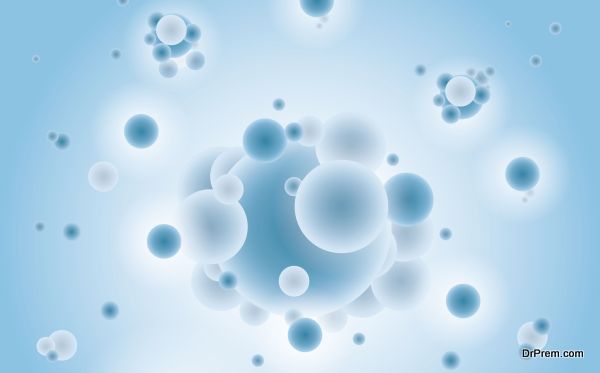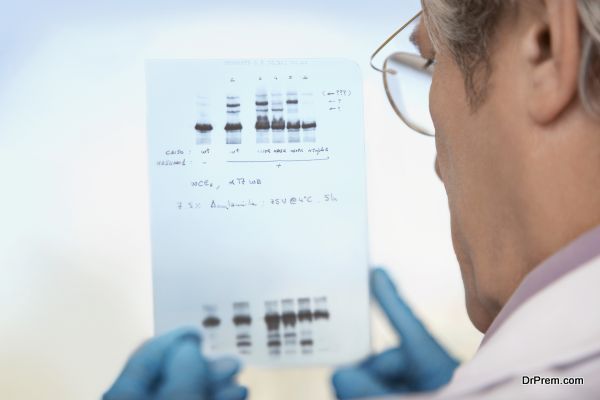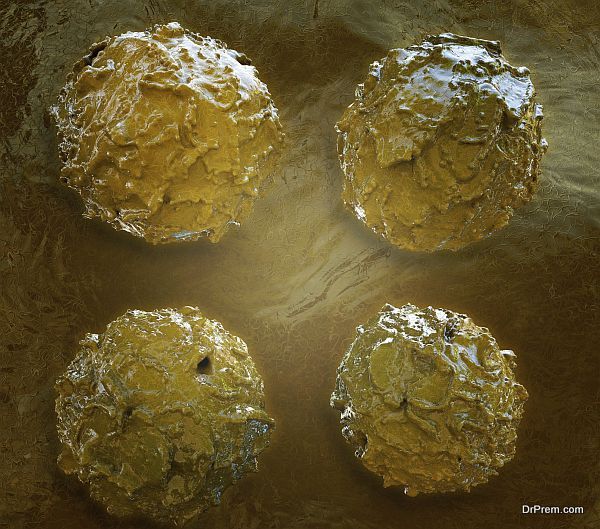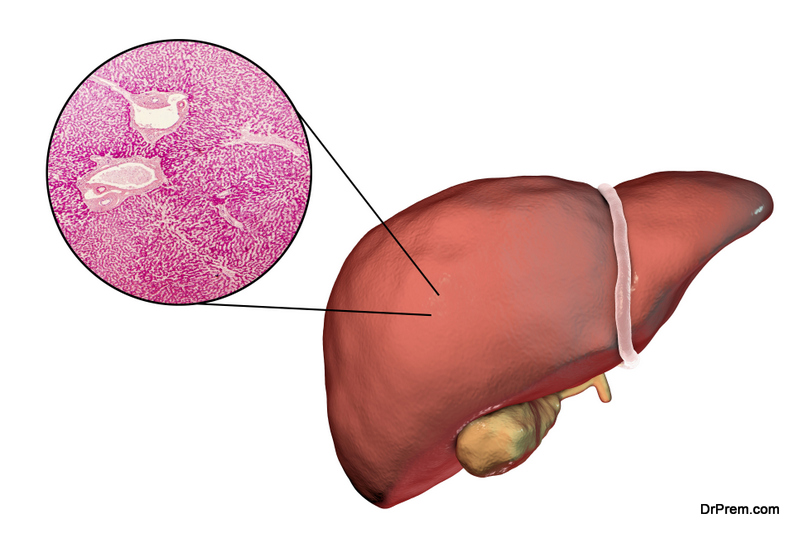Stem cells are found in all multicellular organisms and have the unique capability to renew and multiply to create a complete cell line. These cells are found in various depots throughout the body but are chiefly located in the bone marrow and umbilical cord. Preserving these cells is quickly becoming a technique that is chosen by many. The purpose of storing these stem cells under optimum laboratory conditions is important for their ability to be reused to cure a variety of diseases.
What is special about stem cells?
Totipotency is an important feature of stem cells. This feature allows them to multiply into similar cells and also differentiate into specific cells that are required by the body. By utilizing this property in cell culturing, scientists have managed to create cell lines from highly plastic stem cells derived from the umbilical cord. These are then used for myriad medical therapies.
Medical therapies based on stem cells
Serious blood disorders and some autoimmune disorders that otherwise required intensive chemotherapy are benefitting greatly in treatments using stem cells. Stem cell researchers are solving mysteries of countless diseases each day by using the totipotent property of these cells. Diseases such as Parkinson’s, diabetes, cerebral palsy, and valvular and other heart defects can be treated by this method.
By storing stem cells, you can ensure that your child has a backed up future with concerns to health. These cells can be utilized as and when the need arises, by the same individual or for the family after establishing a match. Currently, this approach has been used for treating blood cancers like leukemia, lymphoma, and myeloma.
Disorders of theimmune system such as Myelokathexis, variable immunodeficiency, and lymphoproliferative disorders can be treated by stem cell culture and transplantation. Solid tumors like neuroblastoma are also being treated with a therapy based on stem cells.
In addition to common blood diseases such as aplastic anemia, Fanconi’s anemia, and Sickle cell anemia, stem cell research has made up to clinical trialsfor Type-1 diabetes and lupus, brain injuries causing epilepsy, palsy, hypoxia, and encephalopathy, autism, multiple sclerosis, and spine injuries.
What is stem cell banking?
A storage facility that preserves stem cells is called a stem cell bank. After childbirth, the umbilical cord is preserved and the blood that remains over this part is used for collecting stem cells. Additionally, this umbilical cord blood also contains hematopoietic cells which are theprogenitor of blood cells.
These cells can be used in thetreatment of a variety of blood disorders and the blood obtained from placenta can also be used as an alternative to bone marrow in transplants. By securing the hematopoietic and stem cells and storing them under cryogenic conditions, stem cell banks make sure that these cells can be available for future uses in medical therapy.
Benefits of storing stem cells
Stem cells when compared to traditional bone marrow transplantation have a higher regenerative property. While bone marrow transplants function to replace the deficiencies causing blood disorders, stem cells can be used for treating myriad diseases of theliver, kidney, heart, lungs, and brain. These cells can be stored in cryogenic storage tanks for long-term uses and are a valuable investment to the future health of your child.
Not only do these cells provide your child with an exact donor match when the need arises, they are also a likely match for blood-relatives. Searching for compatible donors can be a time-consuming and exhausting process, which can be completely eliminated using the technique of stem cell preservation. When compared to an unrelated donor, the cord stem cell is a better transplant option for closely-related family members.
Stem cells are the ground-breaking front of medical therapies. A number of diseases are being treated by using this approach for compatible transplants. By preserving the stem cells from your child’s umbilical cord you can ensure that your child and family’s future health is secure.








